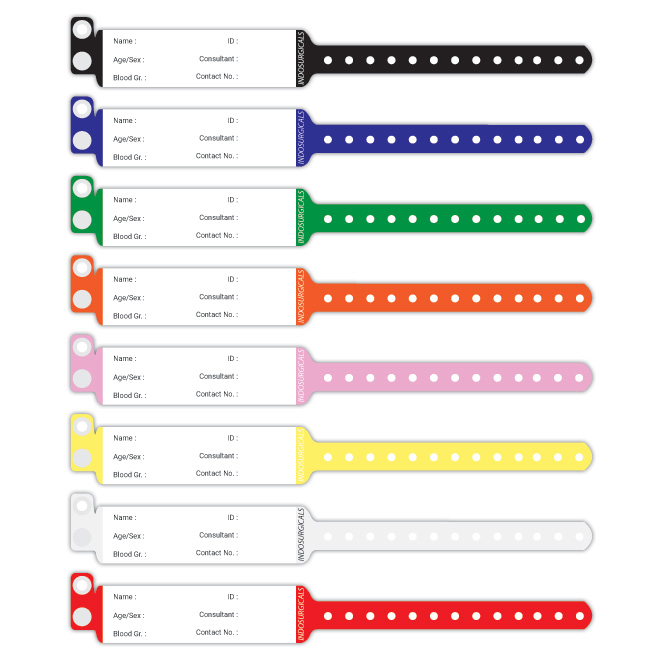The Purpose of Patient Identification Band in Optimizing Hospital Operations
The Purpose of Patient Identification Band in Optimizing Hospital Operations
Blog Article
Just How Patient Identification Band Plays a Vital Role in Patient Administration and Care
Patient Identification bands work as an important gear in the elaborate equipment of health care systems, serving as a guard against medical errors. As the frontline tool for verifying Patient identity, these bands underpin important procedures from carrying out the appropriate medicine to guaranteeing the appropriate individual undergoes the marked procedure. The extensive influence of such an ostensibly basic device on Patient safety and security, experience and outcomes may amaze many, leaving one to consider the possible innovations and developments that might better enhance their efficiency.

Recognizing the Basics of Patient Identification Bands
Regardless of the simpleness of their appearance, Patient Identification bands serve a critical role in medical care setups. They usually present the Patient's complete name, day of birth, and an one-of-a-kind Identification number, serving as the main resource of Patient Identification - patient identification band. The usage of these Identification bands is thought about a global method in medical care, intended at making certain Patient safety and accuracy of treatment shipment.
The Function of Patient Identification Bands in Minimizing Medical Mistakes
A shocking number of medical mistakes take place due to Patient misidentification, underscoring the important function of Patient Identification bands. These bands, often geared up with barcodes or QR codes, consist of necessary Patient information such as name, age, and clinical background. In high-stress settings where clinical workers juggle countless duties, Patient Identification bands serve as a fast and trustworthy recommendation.
Enhancing Patient Safety And Security With Identification Bands

The Impact of Patient Identification Bands on Patient Experience
Nearly all patients in healthcare settings experience the usage of Identification bands during their treatment journey. These bands, commonly used around the wrist, have an extensive impact on the Patient experience. They offer as a consistent, noticeable click for info pointer of the Patient's identity and medical conditions, guaranteeing clients that they are acknowledged and cared for.
Future Advancements and Innovations in Patient Identification Bands Innovation
While existing Patient Identification bands have actually confirmed efficient in boosting care, the horizon of technological innovations promises even greater enhancements. RFID tags can give real-time Patient place tracking, while QR codes can save detailed Patient details obtainable using mobile phone scanning. Hence, future developments in Patient Identification bands hold significant potential in changing Patient treatment.
Verdict
Patient Identification bands are a vital possession in medical care, making certain accurate Patient Identification and site web lowering medical errors. These tools enhance Patient safety and security, increase confidence in healthcare systems, and enhance Patient experiences and end results. With the capacity for future improvements in Identification band modern technology, their function in Patient monitoring and treatment is set to come to be a lot more critical, enhancing their value in the delivery of secure and reliable medical care.
How Patient Identification Band Plays a Vital Role in Patient Management and Care
An astonishing number of medical errors occur due to Patient misidentification, emphasizing the important duty of Patient Identification bands. patient identification band.Undoubtedly, the usage of Patient Identification bands significantly enhances Patient safety in healthcare setups. Therefore, future advancements in Patient Identification bands hold substantial possibility in changing Patient treatment
Patient Identification bands are an essential possession in healthcare, guaranteeing exact Patient Identification and minimizing clinical mistakes.
Report this page